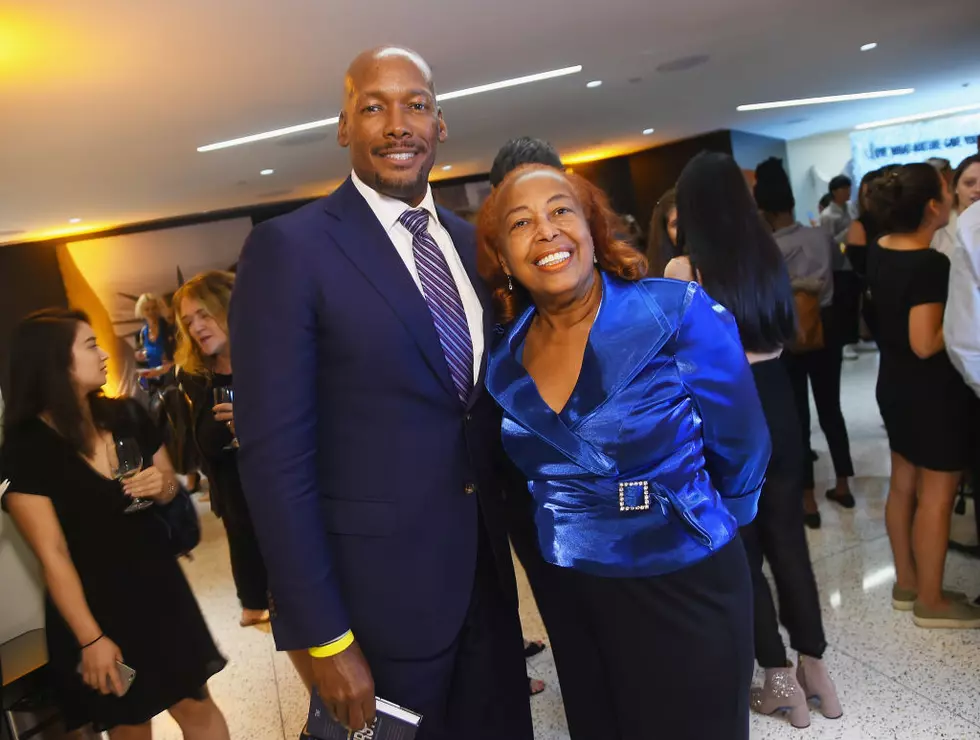
107 Jamz Celebrates Black History Month- Today In History
Have you had eye surgery before? Was it to correct cataract disease? If so, you were treated with another invention by an African American. Today, we salute Dr. Patricia Bath, the first African American woman doctor to receive a patent for a medical invention.
Born in the NYC on November 4, 1942, Dr.Bath was the daughter of Rupert and Gladys Bath. Her father, was jack of all trades from Trinidad and made some history of his own by being the first black man to work for the New York City Subway as a motorman. Her dad also worked for the newspaper as a columnist and even as a merchant seaman as well. Raised in Harlem, Dr. Bath was encouraged academically by her parents.
Dr. Bath applied for and even won a National Science Foundation Scholarship all while she was still attending Charles Evans Hughes High. In 1960, while at Yeshiva University, she worked on a research project at the Harlem Hospital Center on cancer. She would later win the "Merit Award" of Mademoiselle magazine for her contribution to the project.
Dr. Bath received her Bachelor of Arts in chemistry from New York's Hunter College in 64' and relocated to Washington, DC. She then attended Howard University College of Medicine and there she received her doctoral degree. During her time at Howard, she was president of the Student National Medical Association and received honors from the National Institutes of Health and Mental Health.
Later on, Dr. Bath interned at Harlem Hospital Center, while at the same time serving as a attending/consultant physician. It was at this time that D. Bath became aware that the practice of eye care was uneven among minorities and poor populations, of whom have much higher incidences of blindness. It was because of this that she became determined that, as a physician, she would help address this issue. She persuaded her professors from Columbia to operate on blind patients at no cost, at Harlem Hospital Center, which had not previously offered eye surgery.
Dr. Bath pioneered the worldwide discipline of "community ophthalmology", a volunteer-based outreach to bring necessary eye care to under-served populations. She also became the first African American, male of female, to serve her residency in ophthalmology at New York University.
Patricia Bath's passionate dedication to the treatment and prevention of blindness led her to develop the Cataract Laserphaco Probe. A ground breaking invention she received a patent for in 1988. It was designed to use the power of a laser to quickly and painlessly vaporize cataracts from patients' eyes, replacing the more common method of using a grinding, drill-like device to remove the afflictions. With another invention, Dr. Bath was able to restore sight to people who had been blind for over 30 years!!! By the way, Patricia Bath also holds patents for her invention in Japan, Canada, and Europe.
Three of the four patents Dr. Bath has relate to the Laserphaco Probe. On top of that in 2000, she was granted a patent for a method she devised for using ultrasound technology to treat cataracts. Thank you Dr. Bath!
ALSO, ON THIS DAY IN BLACK HISTORY:
In 1927, Attorney Ronald Brown was elected national chairman of the Democratic Party and became the first African American to hold the post. Brown was later appointed Secretary of Commerce under the Clinton administration in 1994. He served in this capacity until he was killed in 1996 when he and 32 others died in a plane crash while on a diplmatic mission in Croatia.
In 1946, Major Leagues first black player Jackie Robinson was born.
On 1966 Andrew Brimmer becomes the first African-American governor of the Federal Reserve Board when he is appointed by President Johnson.
On 1992 American biographer, scriptwriter, author who became famous with the publication of the novel ROOTS, which traces his ancestry back to Africa and covers seven American generations as they are taken slaves to the United States. The book was adapted to television series, and woke up an interest in genealogy, particularly among African-Americans. Haley himself commented that the book was not so much history as a study of mythmaking. "What Roots gets at in whatever form, is that it touches the pulse of how alike we human beings are when you get down to the bottom, beneath these man-imposed differences."
More From 107 JAMZ

![Black Inventors Who Changed the World: Dr. Charles R. Drew [VIDEO]](http://townsquare.media/site/160/files/2023/02/attachment-Dr.-drew-Youtube.jpg?w=980&q=75)







